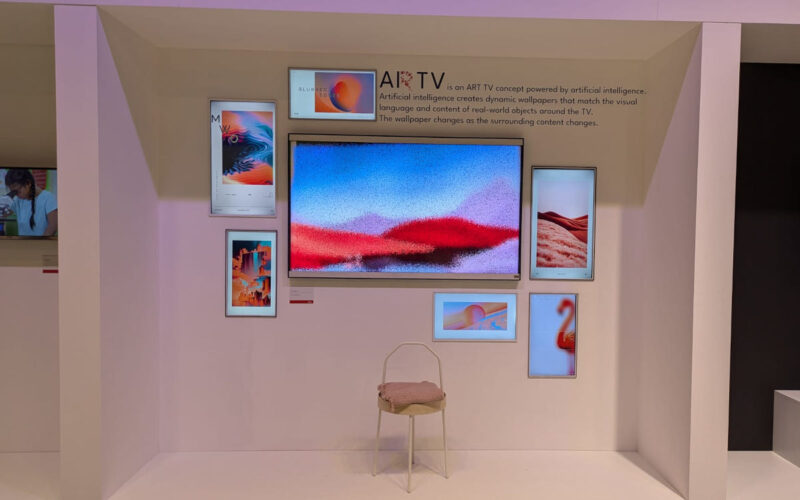Berlin | In addition to thousands of commodities and plenty of absurdities, IFA 2024 also offered some things that deserved to be called innovative. Here are our top 5.
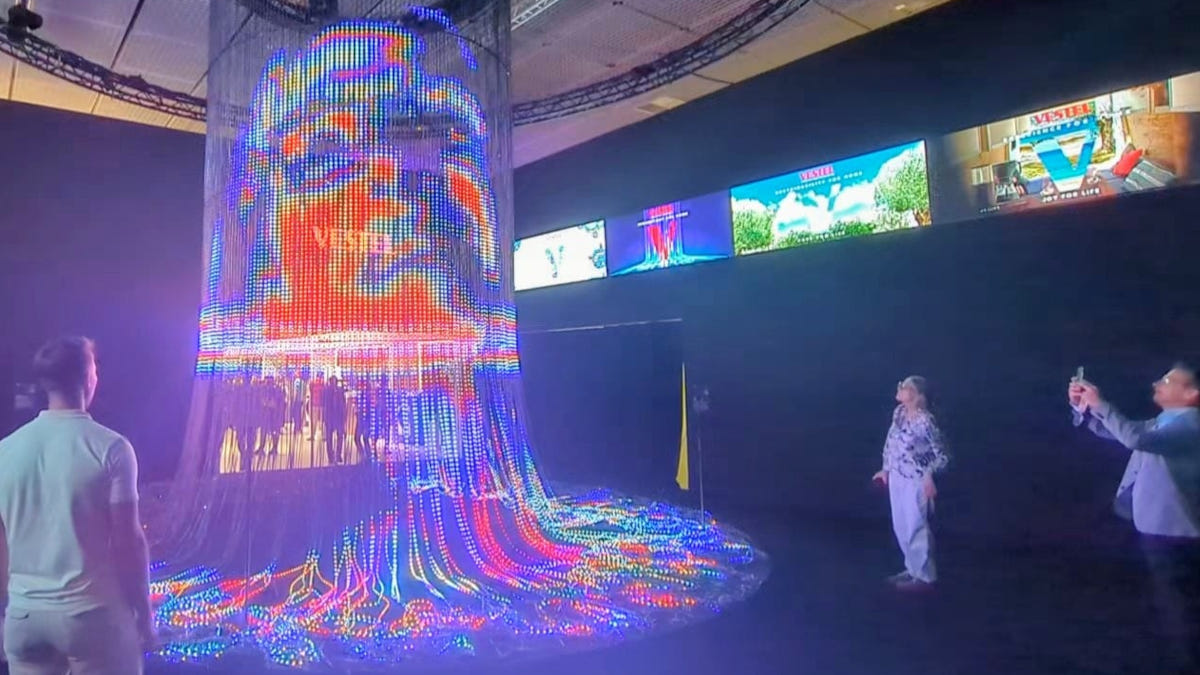
IFA 2024: Highlights from a ProAV Perspective
A flying car, galsses with integrated translation services, and small robots on wheels – the giant IFA consumer electronics show in Berlin was a playground for exploring new smart and sometimes absurd AI helpers. Those who managed to escape the fascination of those little gimmicks and fought their way past endless TVs and refrigerators were also able to find some interesting items for the professional market. Or some that were simply visually impressive. Here are our top 5 IFA highlights.
1. Interactive art installation at Vestel
A powerhouse in their home market, Turkish electronics manufacturer Vestel wants to gain a strong foothold in Germany and got off to a strong start with a standout appearance at IFA. While Samsung’s and LG’s booths appeared almost sterile in comparison, Vestel’s booth was a vibrant eye-catcher.
The highlight was an installation at the entrance featuring LED strips hanging from the ceiling like a circular waterfall, lighting up in sync. Visitors could position themselves in front of two cameras, and the LED strips reflected their faces and movements in neon-like distortions. This setup proved that interactive exhibits are highly effective at trade fairs for captivating visitors.
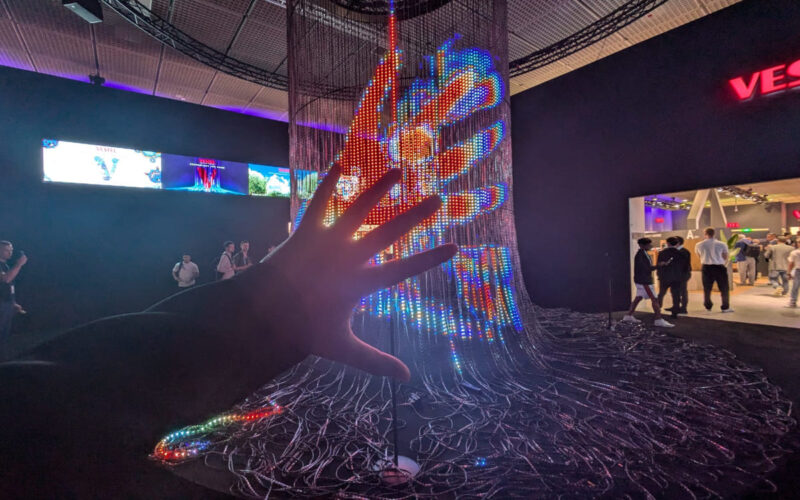
2. Reflective LCDs at Hannstar
At IFA, Taiwanese LCD panel manufacturer Hannstar introduced an exciting new display technology for digital signage: reflective LCD. Unlike regular LCDs, this technology uses ambient light for illumination, eliminating the need for a backlight. Although reflective LCD technology itself is not new, no manufacturer has yet produced a market-ready display product incorporating it. Hannstar showcased several such products under the Hannspree brand, including digital signage displays, monitor displays, and tablets.
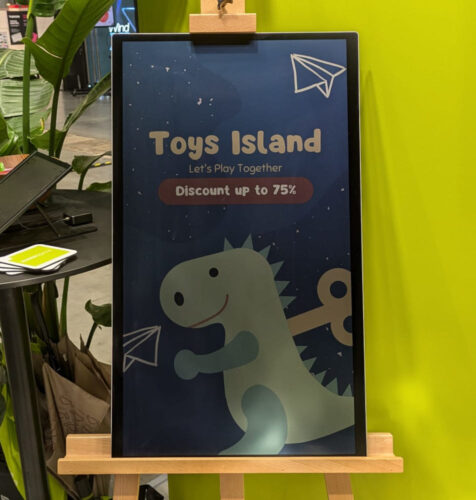
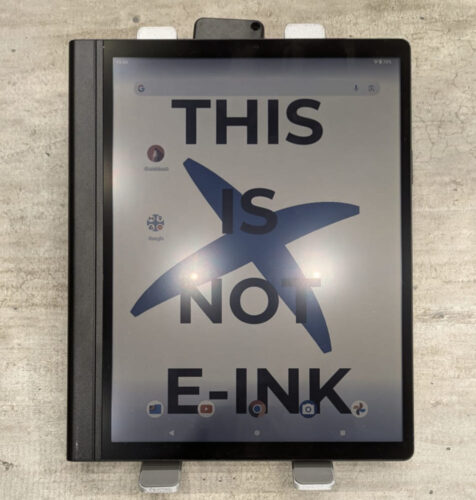
Our impression: The technology is impressively advanced for something that was previously just a prototype. The digital signage displays are extremely thin, deliver smooth moving images, and maintain a clear picture even in direct sunlight, all while consuming 80 percent less energy than conventional LCDs. However, there are still some limitations, such as a very narrow viewing angle. Larger formats are still hard to achieve without loss of quality. Additionally, content can be hard to see in the dark, so Hannstar plans to add a front light in the future.
The tablets are already available for purchase, and the displays are set to launch in 2025, both under the company’s own brand and as white-label products.
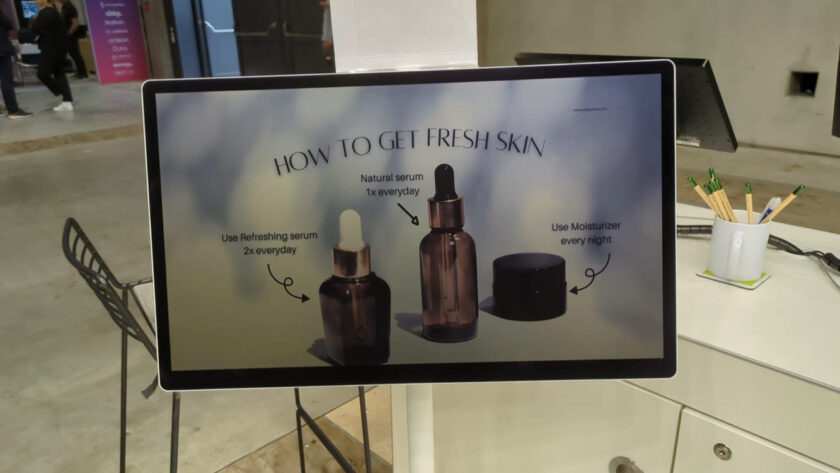
3. Samsung’s first smart 8K UKD projector
At the Samsung stand, alongside familiar QLED and MicroLED TVs—whose market release is still years away—there was an exciting innovation for the lifestyle segment: an ultra-short-throw projector with 8K resolution, AI upscaling, integrated speakers, and the Tizen smart TV operating system. This flagship model of the Premiere series is set to launch next year. As a preview, Samsung showcased the Premiere 9 at IFA, which offers 4K resolution and can project images up to 130 inches.
With this launch, Samsung has introduced a new premium lifestyle product with a competitive price, following the 2022 release of the portable projector The Freestyle.

4. IoT platforms – also for B2B
At Samsung and LG, everything revolved around the latest AI features of their IoT platforms. Both are working on better voice recognition so that all IoT devices in the network can be controlled reciprocally by voice command.
Samsung presented a new AI energy management feature in the Smartthings platform. This feature automatically turns appliances like washing machines and charging stations on and off based on energy prices, and optimize energy consumption of connected devices. It will also be incorporated into the B2B version, SmartThings Pro.
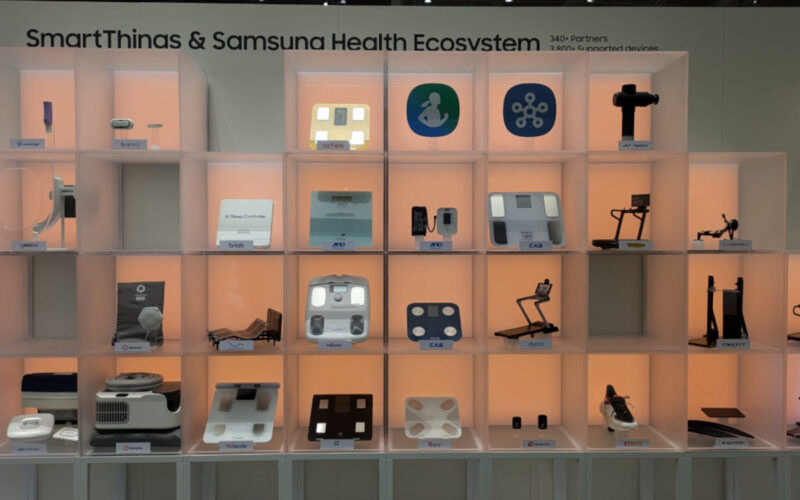
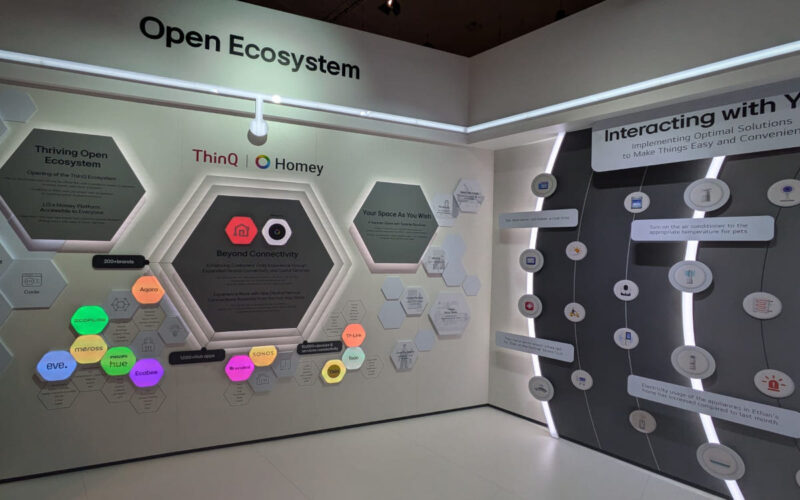
LG showcased the integration of the recently acquired Homey platform. Unlike its own ThinQ app, Homey supports third-party devices, allowing televisions, signage displays, and even the touchscreen on the fridge to serve as control centers for all devices in the home or business. At IFA, nearly every household appliance featured a screen.
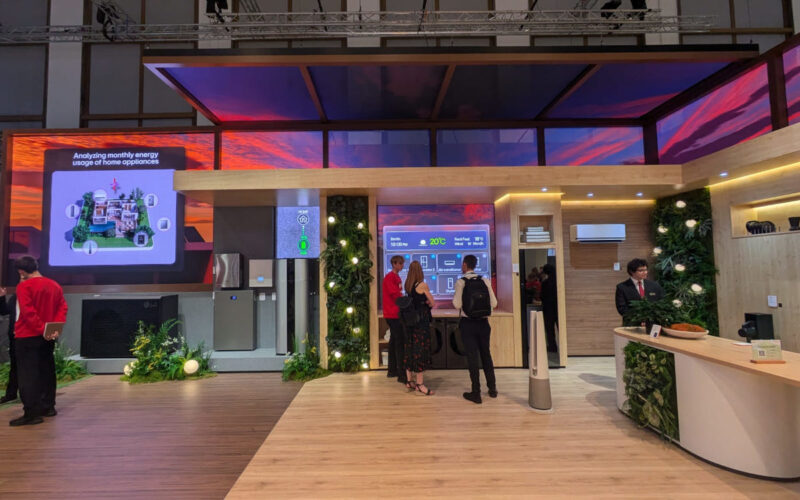
5. AI TV – control hub and wall art
IFA is known for the variety of experimental TV concepts that are on display here, from transparent to rollable models, many of which are still proving their viability. This year’s show saw the introduction of the AI TV, though every manufacturer interpreted the term differently. What Samsung calls AI TV is one that functions as a control center for the connected home, allowing control of all networked devices. At Vestel, on the other hand, the AI TV is one that generates animations based on objects in the environment. Vestel plans to launch it under the label “Art TV” next year.
